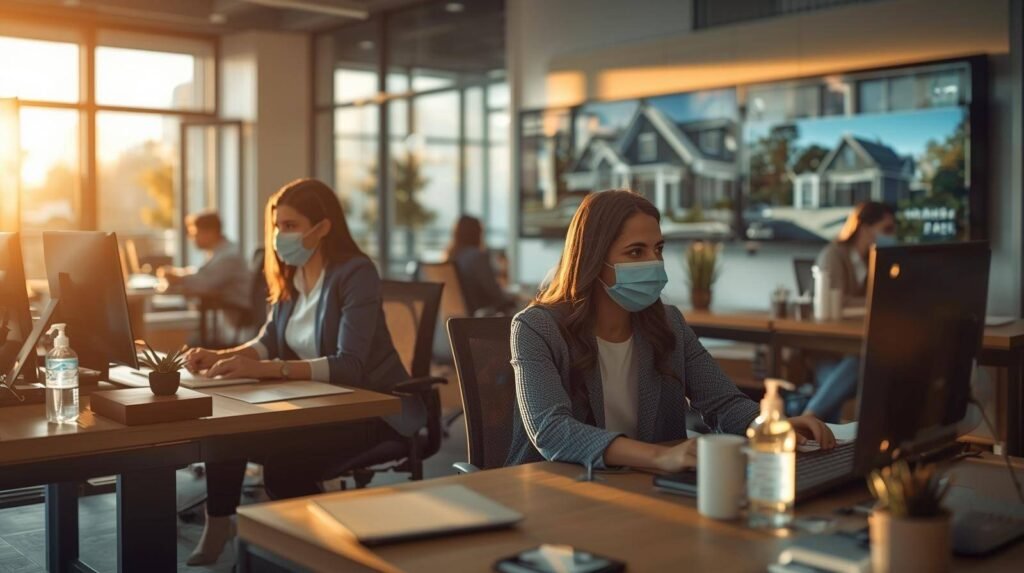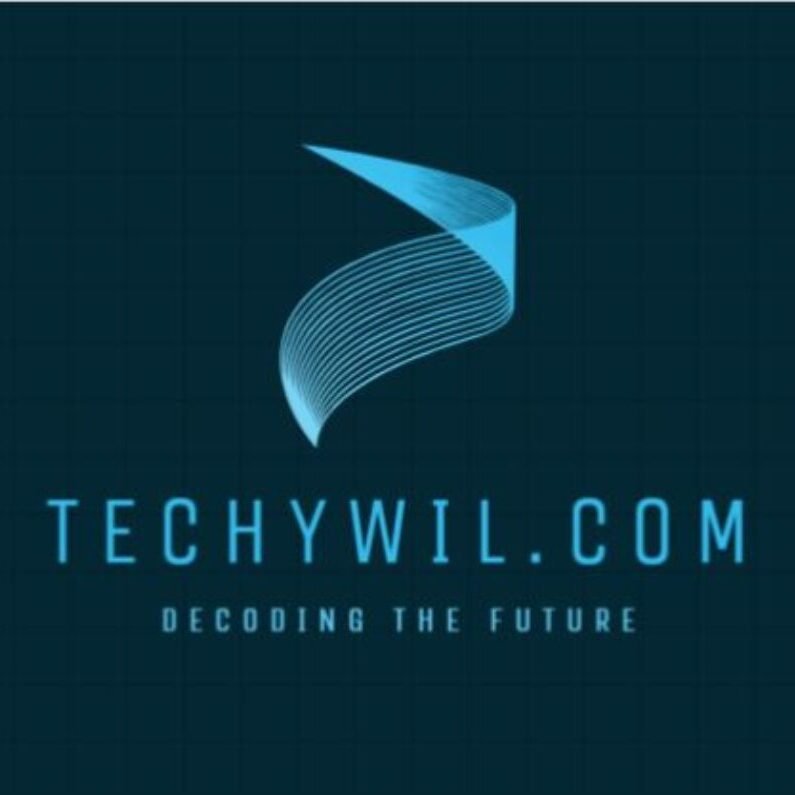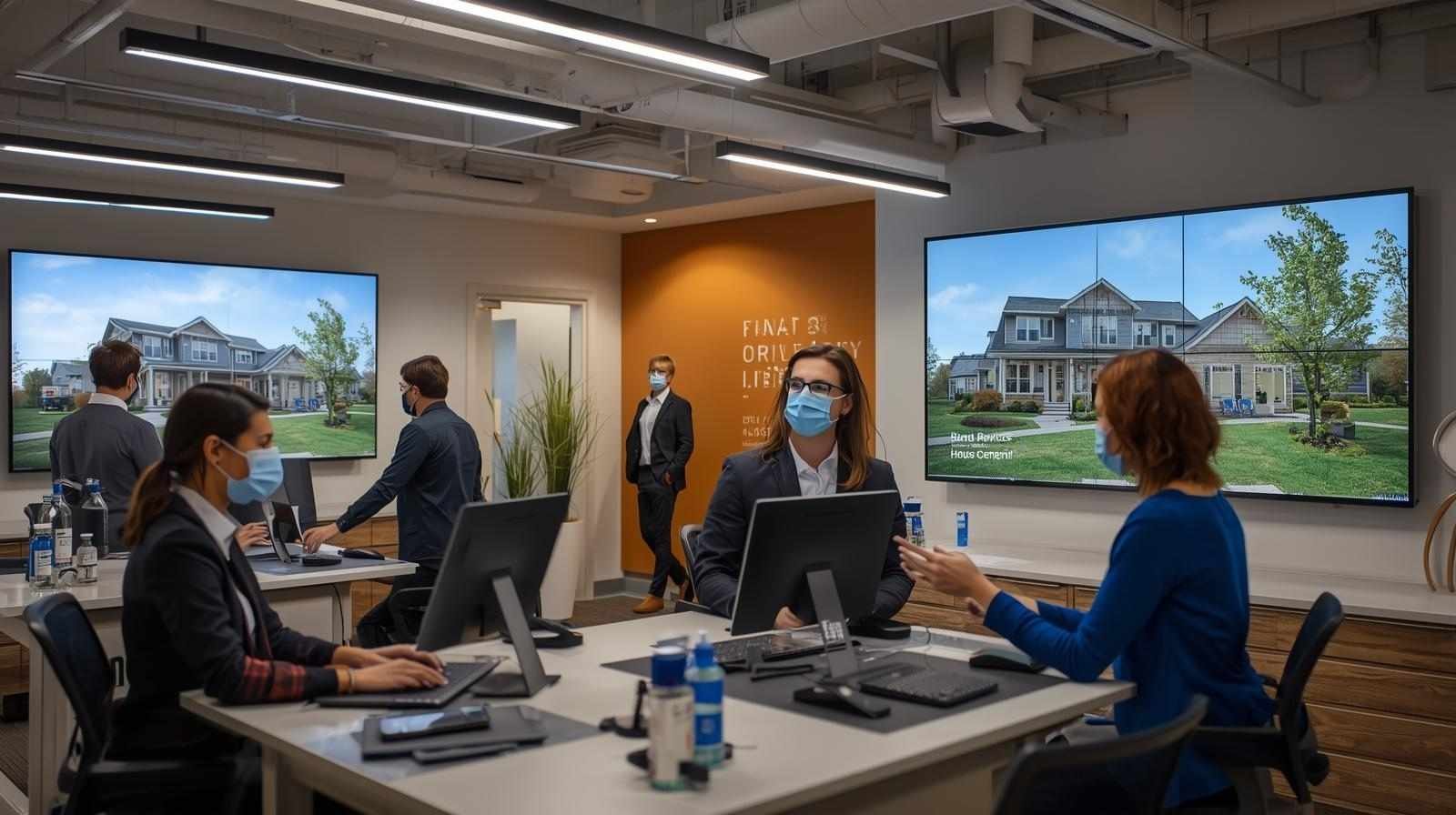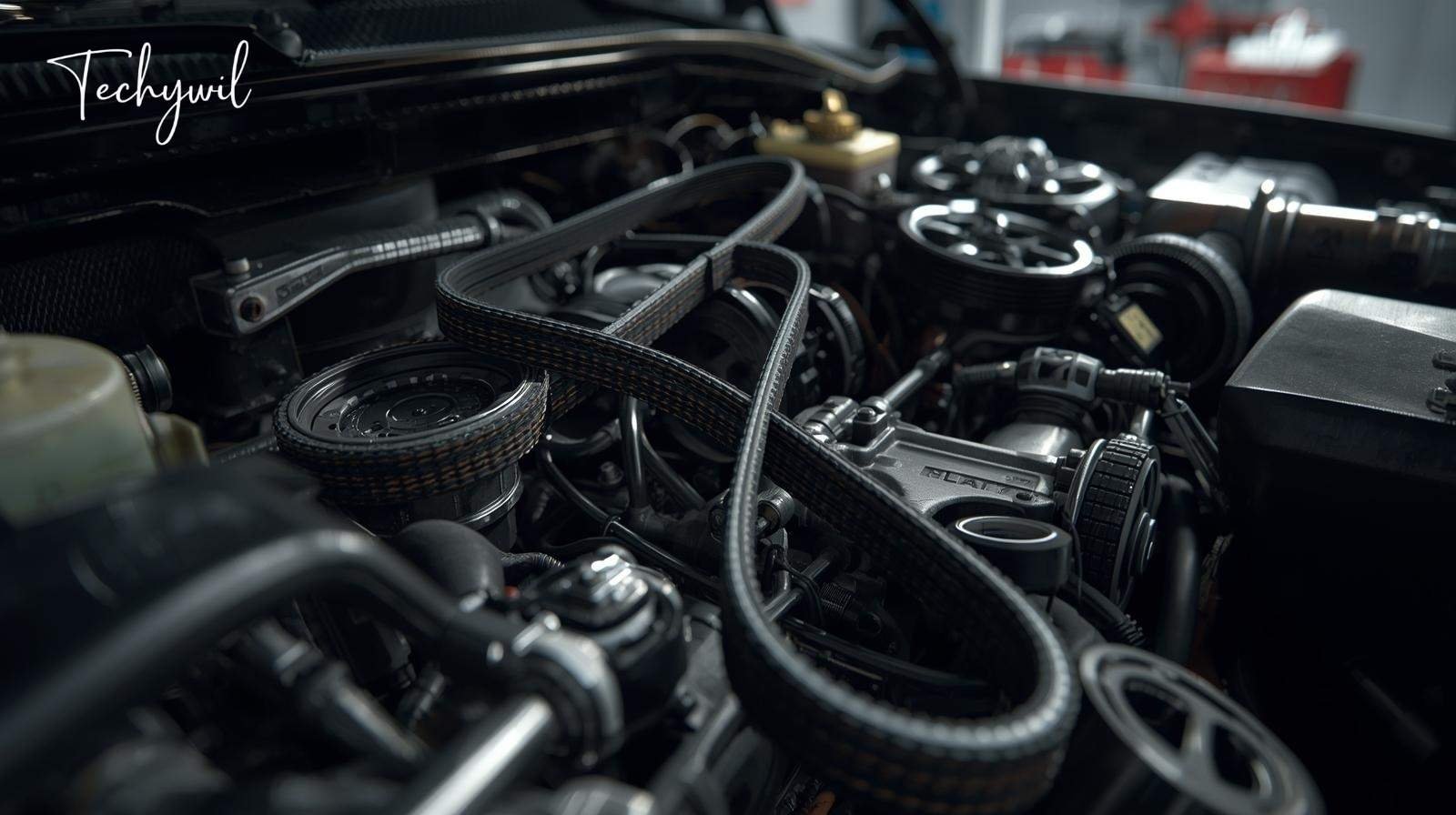Introduction
Remember when the world flipped upside down back in early 2020? One day we were making coffee runs and planning vacations, and the next… well, we were scrubbing down groceries, working from the couch, and wondering how long this “lockdown” thing would last.
It wasn’t just a health scare—it was a full-on lifestyle shakeup. Families, jobs, and even the idea of what “home” meant suddenly felt different. And let’s be honest, a lot of companies didn’t handle it gracefully. Some cut corners. Some panicked. But a few? A few stepped up big time.
That’s where Brookfield Residential comes in. Their coronavirus response wasn’t perfect (nobody’s was), but it stood out for one reason: they put people first. Whether you were an employee, a homebuyer, or a neighbor in the community, their actions made you feel like someone had your back.
So, let’s dive into what they actually did, how it compared to others, and what we can learn from it.
The Bigger Picture: Why the Pandemic Hit Housing So Hard
Before we get into Brookfield’s moves, let’s zoom out for a second. The pandemic wasn’t just about health—it was about stability. Jobs were vanishing, shelves were empty, and even simple things like meeting friends became complicated.
Now imagine trying to buy a house in that environment. Or worse, trying to sell homes when no one even wanted to step outside. That’s the tightrope Brookfield Residential coronavirus policies had to walk.
The stakes were real:
- Families worried their dream homes would fall through.
- Employees feared layoffs.
- Communities needed reassurance that construction sites weren’t going to turn into hotspots.
So, how do you balance safety, business, and compassion all at once? Let’s see how Brookfield tackled it.
Brookfield’s Immediate Moves During COVID-19
Health & Safety First
Brookfield didn’t waste time. Sites went from “business as usual” to sanitization stations, masks, and distancing almost overnight. Offices shifted to appointment-only, and “no handshake” became the new policy (awkward at first, but necessary).
Digital Everything
Face-to-face wasn’t safe, so Brookfield went digital fast. Virtual tours, online paperwork, and even contactless closings became standard. It wasn’t just convenient—it kept the dream of homeownership alive during a scary time.
Employee Care
Here’s where a lot of companies stumbled. Instead of panicking and laying off in waves, Brookfield gave employees options: remote work, flexible schedules, and wellness support. They knew stress wasn’t just physical—it was mental too.
Read more: Roger Ball Richest Man in Idaho Net Worth Exposed
A Story That Stands Out
Let me tell you about Maria. She was about to close on her Brookfield home in spring 2020—right when everything shut down. Naturally, she was freaking out. Would her deal collapse? Would she even be allowed to move in?
Brookfield didn’t leave her hanging. They walked her through digital signing, set up a safe, contactless key handoff, and even left her a welcome kit stocked with sanitizer, masks, and snacks.
Her words? “It felt like they weren’t just selling me a house—they cared about me starting a new life, even during all this chaos.”
That’s the kind of thing people remember.
Brookfield vs. The Industry
So how did Brookfield’s moves stack up compared to the rest of the real estate world? Let’s lay it out.
| Area | Brookfield Residential | Industry Average |
|---|---|---|
| Homebuyer Experience | Virtual tours, digital closings | Limited digital support |
| Employee Care | Remote work, wellness programs | Layoffs, furloughs |
| Community Involvement | Donations, care packages | Minimal efforts |
| Safety Protocols | Strong, fast adoption | Inconsistent by region |
It’s clear: Brookfield didn’t just adapt—they led. And in a crisis, leadership matters.
Beyond Business: Community First
What impressed me most? Brookfield didn’t just protect their own circle. They reached outward.
- Food Bank Donations → Helping families struggling with sudden job loss.
- Nonprofit Partnerships → Supporting frontline workers with supplies.
- Employee Volunteering → Giving time to causes that mattered during the hardest months.
These weren’t huge marketing campaigns. They were small, steady actions that showed: “Hey, we’re part of this community too.”

The Hard Parts Nobody Talks About
Now, let’s not sugarcoat things. Brookfield had challenges too.
- Supply Chains: Materials were stuck at ports, which meant delays.
- Uncertainty: Some buyers got cold feet and walked away.
- Employee Stress: Even with wellness programs, fear and isolation were real.
But here’s the kicker: they admitted it. Instead of hiding problems, Brookfield kept communication open. And funny enough, that honesty made people trust them even more.
Lessons We Can Learn
So what can other companies (or even us as individuals) take from Brookfield’s coronavirus playbook?
- People over profit works. Cutting corners might help short-term, but long-term loyalty comes from showing you care.
- Go digital, or go home. The pandemic just sped up the future. Virtual tools aren’t optional anymore—they’re essential.
- Community ties matter. When businesses step up locally, they create goodwill that lasts way beyond the crisis.
Why It Still Matters Today
You might be thinking: “Okay, but the pandemic’s mostly behind us. Why does this still matter?”
Here’s why: the way companies acted during COVID is like a character test. It revealed who they really are. And for future buyers, employees, or partners, that speaks louder than any ad campaign.
The brookfield residential covid 19 response didn’t just solve problems in the moment—it set a standard. And honestly, it’s one a lot of us hope sticks around.
Conclusion
Looking back, the pandemic was a nightmare in so many ways. But it also showed us what companies are truly made of. Some hid. Some folded. And some—like Brookfield Residential—rose to the occasion.
Their coronavirus response wasn’t perfect, but it was thoughtful. It blended safety, compassion, and adaptability in a way that made residents, employees, and neighbors feel supported. And isn’t that what we all needed most back then—just a little bit of reassurance that we weren’t alone?
At the end of the day, Brookfield didn’t just build homes. They built trust. And that’s something no virus can tear down.
FAQs
Q1: What safety measures did Brookfield Residential take?
They quickly set up sanitization, distancing, and moved many services online.
Q2: How did they support employees during the pandemic?
Through remote work, flexible scheduling, and wellness resources.
Q3: Did Brookfield help the wider community?
Yes—donations, partnerships with nonprofits, and volunteer programs.
Q4: How did Brookfield differ from other builders?
They were quicker to adapt digitally and put more focus on community care.
Q5: Are any of those changes still in place?
Yep! Many digital tools and safety policies stuck around, becoming part of their long-term way of doing things.
Thanks for visit Techywil









![Tyna Robertson: Confident and Professional Leader in [Industry]](https://techywil.com/wp-content/uploads/2025/11/tyna-robertson-portrait-professional-leader.jpg)

